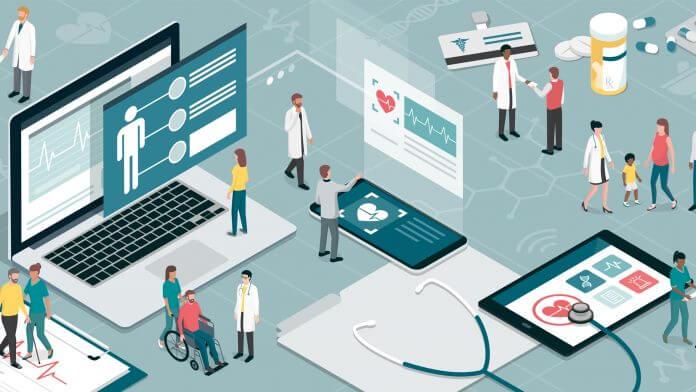Electronic Medical Records (EMRs) are digital versions of the paper charts used by healthcare providers to document patient information. EMRs are a critical component of modern healthcare systems, streamlining patient data management and enhancing the overall quality of care. They provide a structured, easy-to-access digital record of a patient’s medical history, diagnoses, treatments, prescriptions, and other health-related information.
With the ongoing shift towards digital healthcare, EMRs have revolutionized how healthcare providers interact with patient data. They improve efficiency, reduce errors, and facilitate better decision-making, contributing to improved patient outcomes.
What are Electronic Medical Records (EMRs)?
Electronic Medical Records are digital records maintained by healthcare providers, typically stored within a secure software system. They contain comprehensive data about a patient’s medical history, including:
Personal Information: Patient's name, date of birth, gender, and contact details.
Medical History: Previous conditions, allergies, surgeries, and chronic illnesses.
Diagnosis and Treatment History: Details of any diagnoses made by healthcare providers, along with prescribed treatments, medications, and therapies.
Medications: A complete record of current and past medications, dosage, and frequency.
Test Results: Lab tests, imaging reports, and other diagnostic results.
Immunizations: Vaccination history, which is important for tracking disease prevention.
EMRs are typically used by a single healthcare provider or within a specific healthcare facility. They allow quick access to accurate patient information and enable healthcare professionals to make more informed decisions.
Key Features and Benefits of EMRs
Enhanced Accessibility and Efficiency: EMRs can be accessed anytime, anywhere (within authorized access limits). This makes patient data more accessible to healthcare professionals, improving decision-making and speeding up treatment. In emergency situations, fast access to a patient’s medical history can be lifesaving.
Reduced Risk of Errors: Traditional paper records are prone to errors such as illegible handwriting, loss of documents, or incorrect filing. “#3457Electronic Medical Records” eliminate these risks, offering automated checks for medication interactions, allergies, and duplicate tests. This reduces human error and ensures more accurate treatment.
Improved Communication and Coordination: EMRs make it easier for multiple healthcare providers to access and update a patient's records. This improves communication and coordination between specialists, primary care providers, and other medical personnel, leading to more holistic and coordinated care.
Get More Insights On Electronic Medical Records
Get this Report in Japanese Language
Get this Reports in Korean Language
About Author:
Priya Pandey is a dynamic and passionate editor with over three years of expertise in content editing and proofreading. Holding a bachelor's degree in biotechnology, Priya has a knack for making the content engaging. Her diverse portfolio includes editing documents across different industries, including food and beverages, information and technology, healthcare, chemical and materials, etc. Priya's meticulous attention to detail and commitment to excellence make her an invaluable asset in the world of content creation and refinement.
(LinkedIn- https://www.linkedin.com/in/priya-pandey-8417a8173/)

